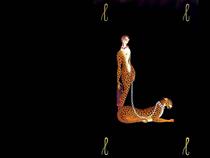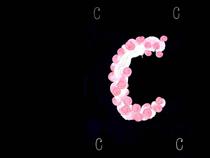
1892 - 1990
Erte (Romain de Tirtoff)
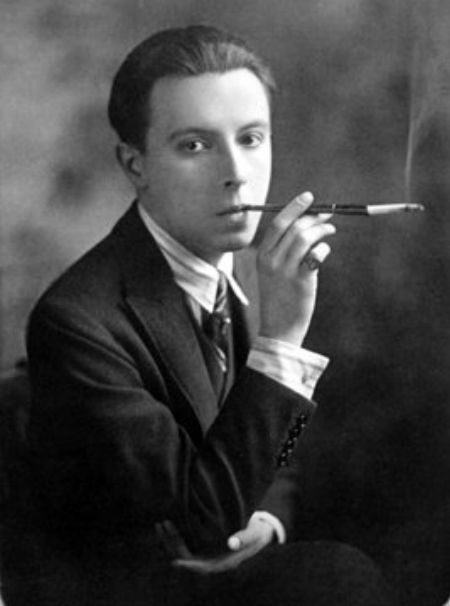
description
Romain de Tirtoff was a 20th-century Russian artist, designer and key figure in the Art Deco movement. As a descendant of an ancient noble family, he worked under the pseudonym Erté, which he used in order not to “disgrace the family”.
From an early age, Romain showed an interest in theater, painting, drawing and clothing design. The boy made his first sketch of a dress at the age of six. He later took private lessons from Russian artists Ilya Repin and Dmitry Losevsky. Ballerina Maria Petipa taught him to dance. In 1900, when he was young, he visited the World Exhibition in Paris. After that, decided to devote more time to painting.
From 1940 to 1960, Tirtoff worked as a sculptor, graphic artist, interior decorator and stage designer (in particular, he designed the ballets of Roland Petit). He also created sculptures from bronze and jewelry.
All his life, Erté was addicted to bright clothes and extravagant accessories. Especially bright neck scarves, colored shirts and expensive shoes. Before he died, he wrote a funeral script in advance and made a sketch of the coffin for himself.
Key ideas:
– Tirtoff developed his own style, “Erte’s style”, which was rhythmic, exotic, spectacular and full of romantic fantasies.
– “Imagination is the main thing in my work. Everything I did in art is a game of imagination. And I always had one ideal, one model – a dance movement,” the artist said.
– His illustrations for magazines laid the foundations of Art Deco aesthetics.
1892
1913
1915
1925
1976
1990
The birth of the artist
Designed costumes for famous dancer Mata Hari.
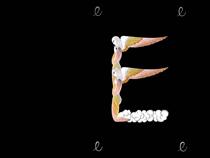
“Vogue” and “Harper’s Bazaar”
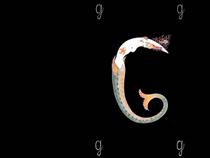
Erte was invited to Hollywood

Was awarded the French Order of Arts and Letters.

The death
